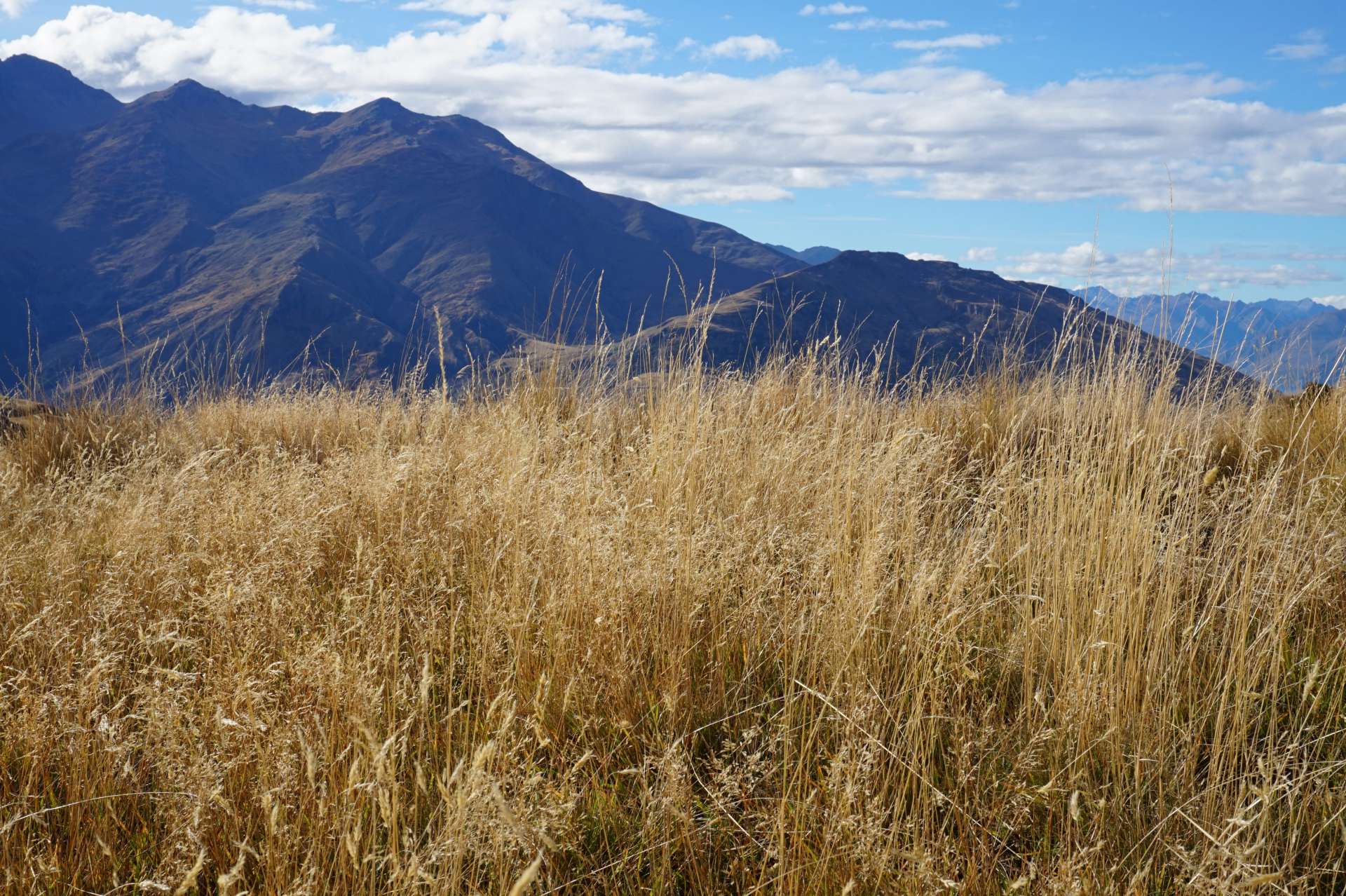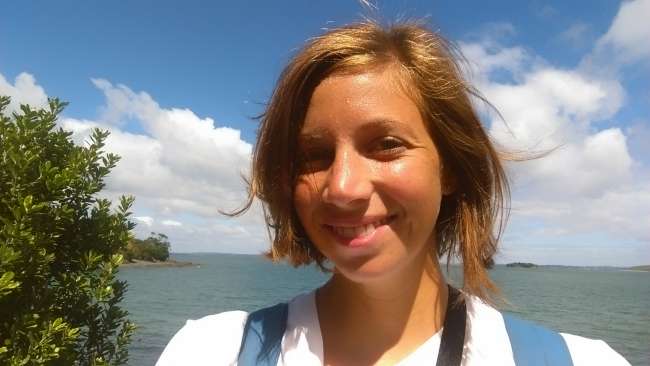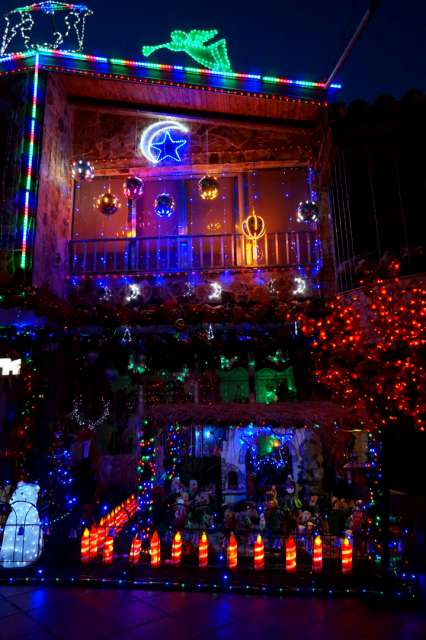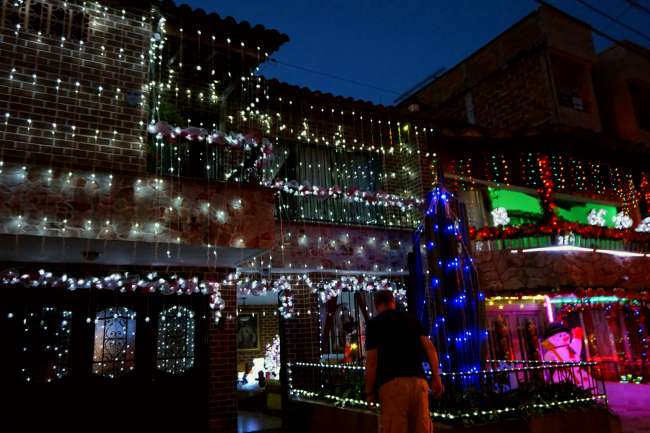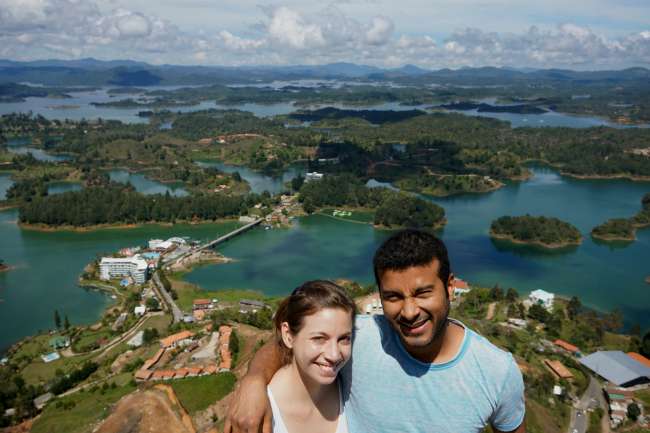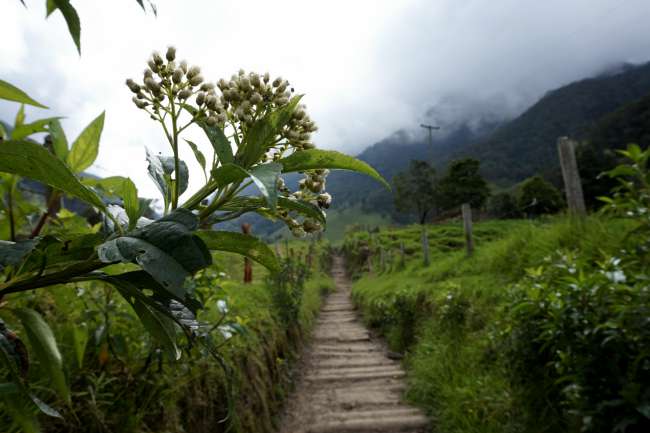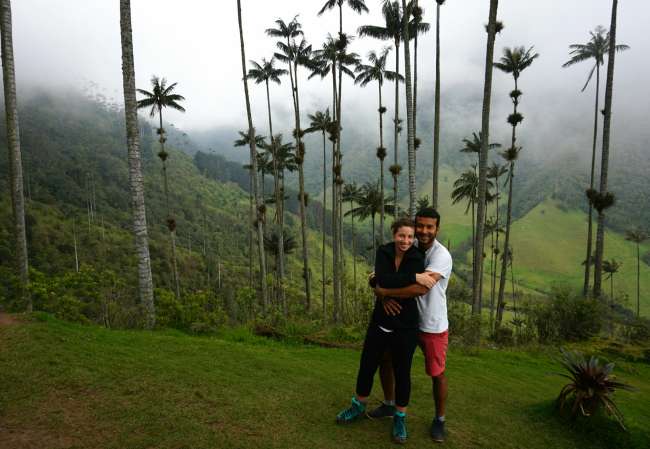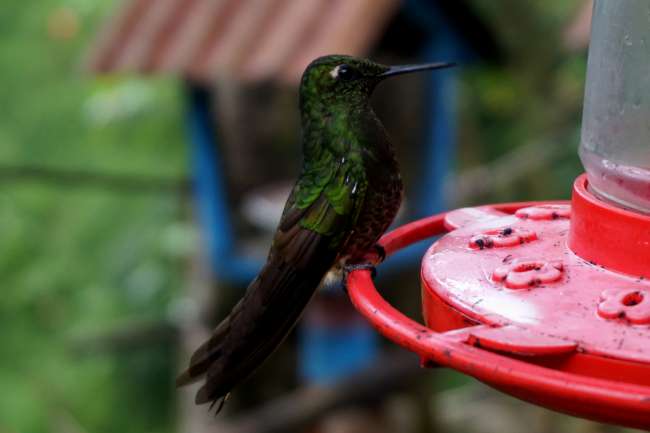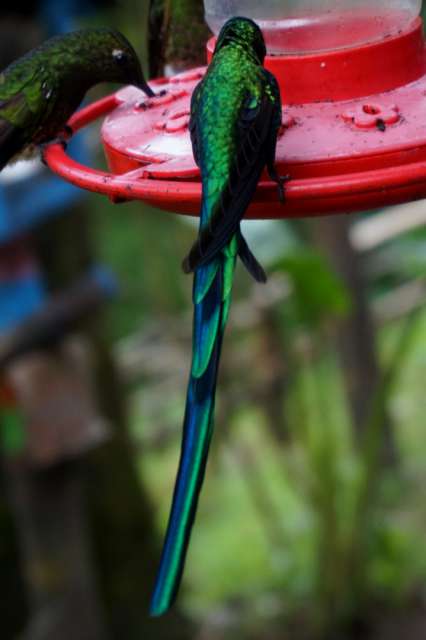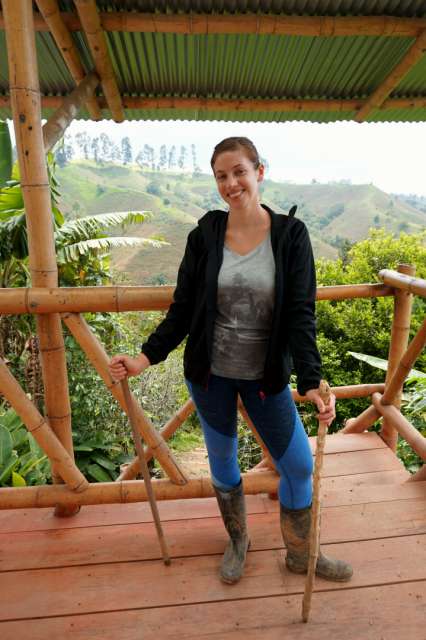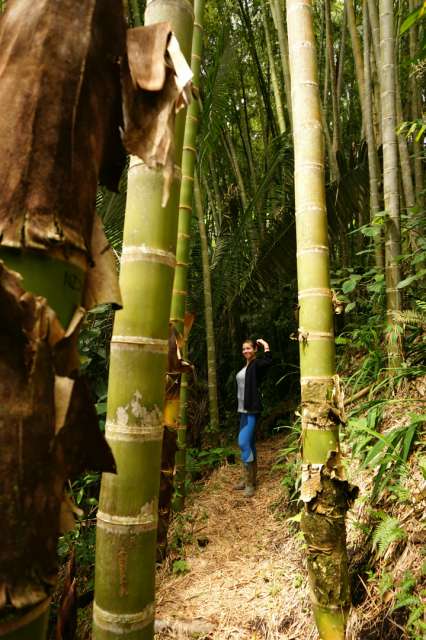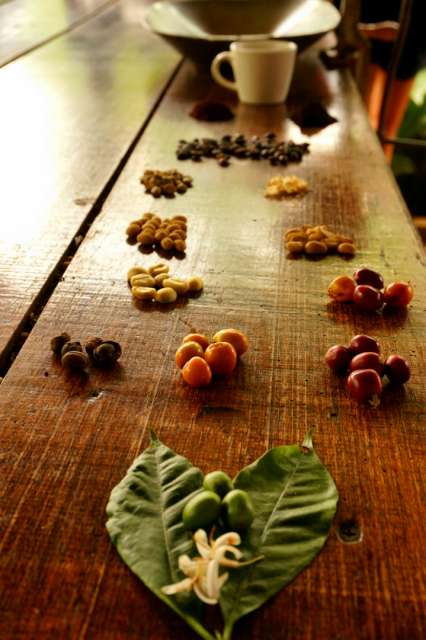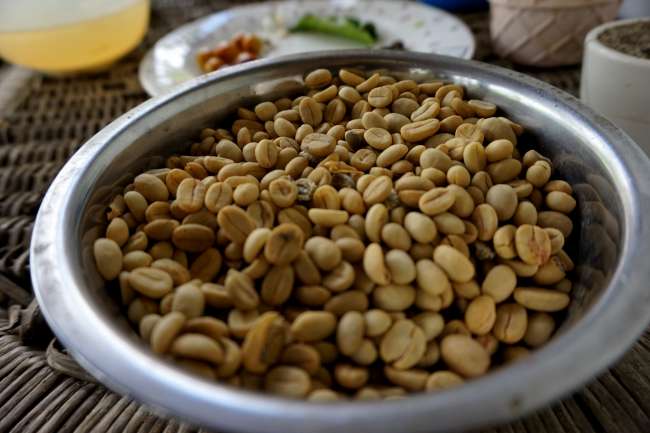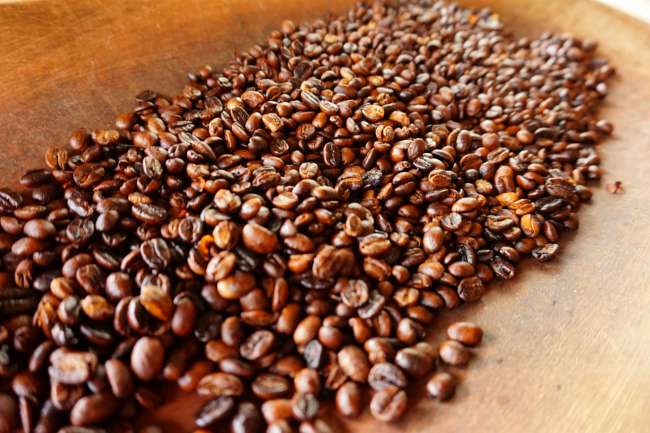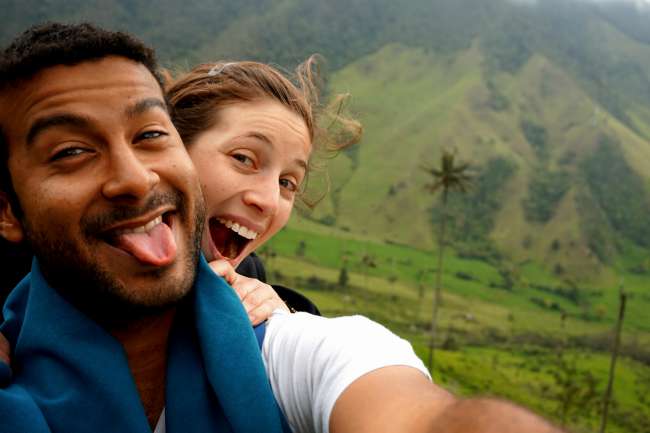kitsch and coffee
Tihchhuah a ni: 20.12.2016
Newsletter hi subscribe ve rawh
Oh wonderful Christmas time. Colombia finally reveals to me a truly fantastic pre-Christmas time. Although it's hard for me to take it seriously at 30 degrees. In fact, the whole country is immersed in all sorts of shiny colors, combined with a million blinking, colorful lights. And if they're not blinking and colorful, they're worth nothing. So kitschy that it's beautiful again. Pffff us Germans with our fondness for indirect light and candles. I have never seen so many cribs in my life and why don't we use toilet roll protectors, sofa cushions with integrated reindeer cuddly toys, wall clock covers in Santa Claus shape and countless other items that make the Christmas season really worthwhile? Here they take decoration really seriously. But unfortunately, the 30 degrees cannot be ignored (unless I secretly set the air conditioning to 10 degrees and darken everything). As great as it is to escape the German lousy weather, Christmas at home in Germany is wonderful. So light a candle, maybe even the non-blinking, white fairy lights, take a gingerbread cookie and heat up the mulled wine and enjoy this magical, contemplative time.
Meanwhile, I'm reporting to you that we spent a few days in Medellin, Salento, and Cali. You can admire the wonderful landscape of Salento in the photos.
When you're in Colombia, you have to talk about the ultimate export hit. Coffee. Ah yes, now a coffee. Wonderful thing. In Salento, I learned everything about coffee. In Colombia, there are over 300,000 coffee farms, exclusively growing Arabica coffee, and 1 kg of unroasted coffee beans costs about $3. Until 2001, when out of nowhere Vietnam emerged as the second-largest coffee producer and threw coffee beans on the market for 22 cents (admittedly Robusta, but still).
Fun Fact No. 1: Harvesting always takes place in the rain. A coffee fruit usually contains two equally sized beans. Fun Fact No. 2: Sometimes one bean is smaller and the other is bigger, these big beans are hand-picked after drying and sold for exorbitant prices.
After removing the shell and revealing the little beans, they are first freed from their sugar-slime coating by washing. The beans that float to the top are sorted out and sold as domestic coffee. Unfortunately, to their own people, which is probably the reason why Colombia ranks 56th in coffee consumption. Then the beans are dried, for which a schoolyard is often closed during the season (first things first), then two more shells are removed and tadaaa, you have the sellable bean.
Roasting is still missing. Beware, those who cannot hold back receive a very strongly roasted bean, which contains less caffeine, is less aromatic and rather bitter, but you need less of it to make coffee. Greetings from Starbucks. You can recognize heavenly, aromatic coffee by shiny, not too dark beans, which produce a coffee that looks almost oily and that you can actually drink black. I swear, I tried it, without milk and sugar. Don Julio, our coffee roasting expert, has little regard for things like milk foam, the right pressure of a coffee machine, let alone caramel syrup and pumpkin macha latte. And somehow he's right. Why not just keep things simple for once?
Newsletter hi subscribe ve rawh
Chhanna (1)
camilo
aja amor, super schön in Salento...aber viele Fotos fehlen noch...wo sind die? 